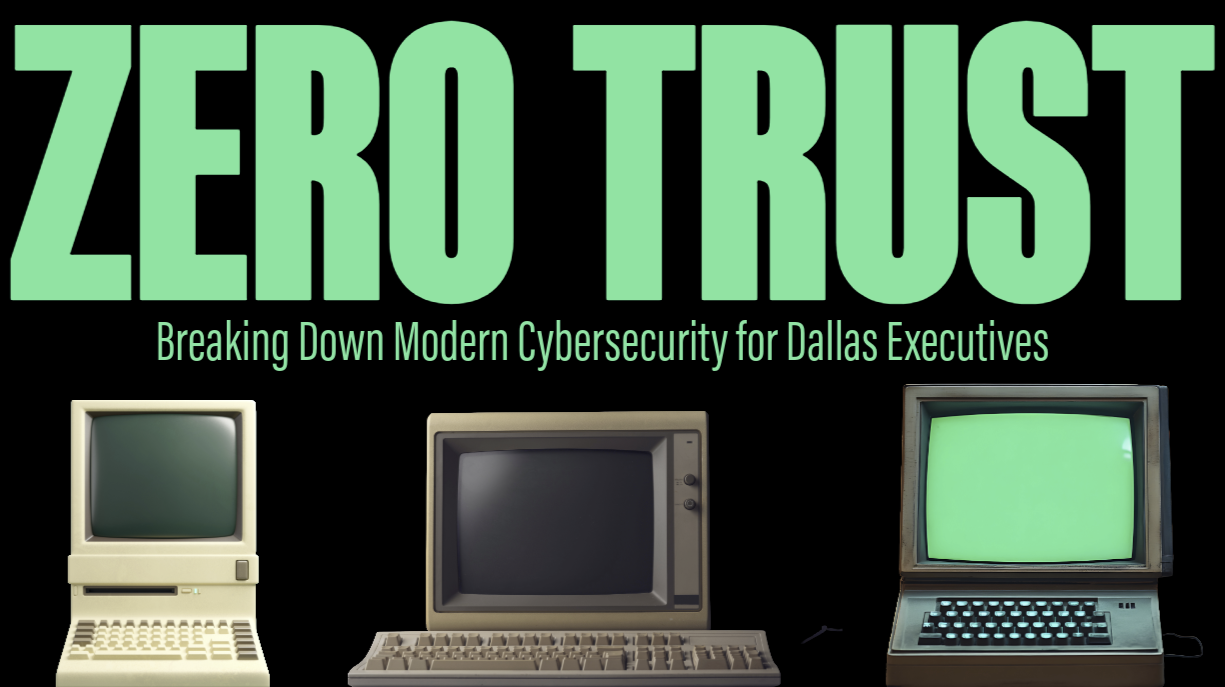From Outages to Optimization: How Dallas IT Support Keeps Your Business Running Smoothly
Downtime is more than just an inconvenience for Dallas businesses. It can mean lost revenue, frustrated customers, and missed opportunities. In...
2 min read
Sammy Mustafa
:
Oct 29, 2025 5:30:00 AM

Small and midsize businesses across Dallas and Fort Worth are prime targets because attackers know budgets are tight, teams are lean, and attack surfaces are expanding faster than policies and tools can keep up. The good news is that addressing three blind spots, attack surface sprawl, supply chain exposure, and Shadow AI, can dramatically cut risk without slowing the business down.
Blind spot 1: Attack surface sprawl
Every unmanaged device, app, identity, and integration is a new unlocked door. Remote work endpoints, misconfigured SaaS, unmanaged IoT, and legacy systems expand the number of ways attackers can get in and move laterally. The fix starts with complete visibility—continuous asset discovery, identity hygiene, and unified policies for all endpoints and apps, not just mobile or Windows devices.
What to do now:
How Fluid IT helps:
A standardized security sprint lifts Microsoft Secure Score, enables Defender protections, and implements conditional access with measurable improvements in 30 to 60 days.
Blind spot 2: Supply chain exposure
Vendors, contractors, and SaaS apps are often the easiest path into an environment. Compromise in email suites, file sharing, billing portals, or remote access tools can cascade into customer environments in minutes. Vendor due diligence and least-privilege access are essential, but many SMBs lack bandwidth to maintain ongoing third party risk management.
What to do now:
How Fluid IT helps:
Vendor access reviews, privileged access baselines, and automated offboarding ensure suppliers only access what they need, when they need it, with audit trails in place.
Blind spot 3: Shadow AI
Employees increasingly use personal AI tools to draft emails, summarize documents, and analyze data, often without IT approval or data safeguards. This “shadow AI economy” can leak sensitive information, violate contracts, and undermine compliance if not governed with practical guardrails.
What to do now:
How Fluid IT helps:
An AI governance quick start sets policy, configures Microsoft 365 safeguards, and implements monitoring that encourages safe adoption rather than shutting down innovation.
A 30 day action plan for DFW SMBs
Bottom line
Focus on these three blind spots to reduce the most risk with the least disruption. With standardized sprints and measurable targets, Fluid IT helps Dallas and Fort Worth businesses harden identity, limit vendor exposure, and govern AI use without slowing teams down.

Downtime is more than just an inconvenience for Dallas businesses. It can mean lost revenue, frustrated customers, and missed opportunities. In...

In Dallas, Fort Worth, and across the North Texas region, every business faces growing risks from both cyber threats and natural disasters. Whether...

Cyber threats in Dallas, Fort Worth, and the DFW metroplex are growing in volume and sophistication. Old security models that trusted anyone inside...